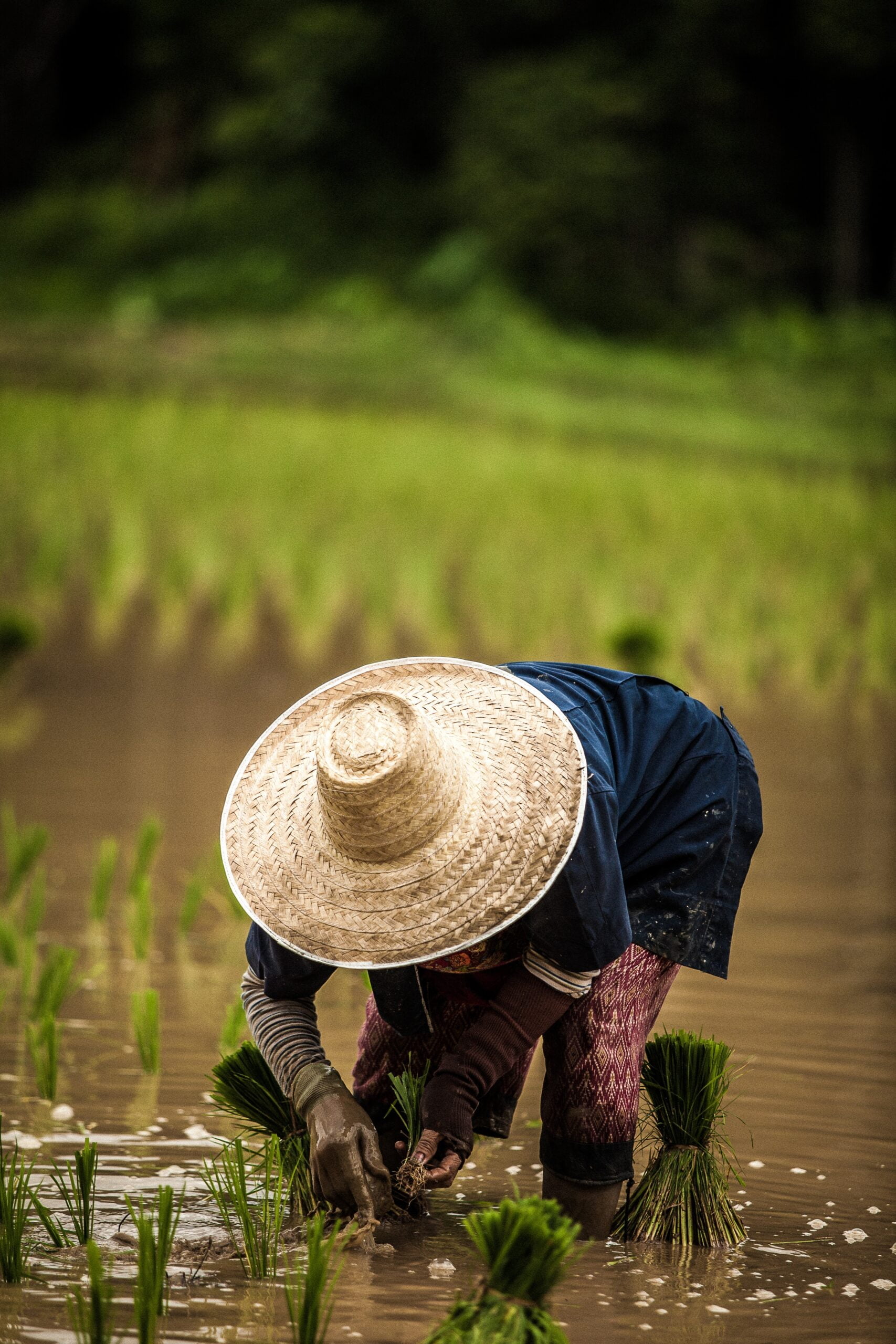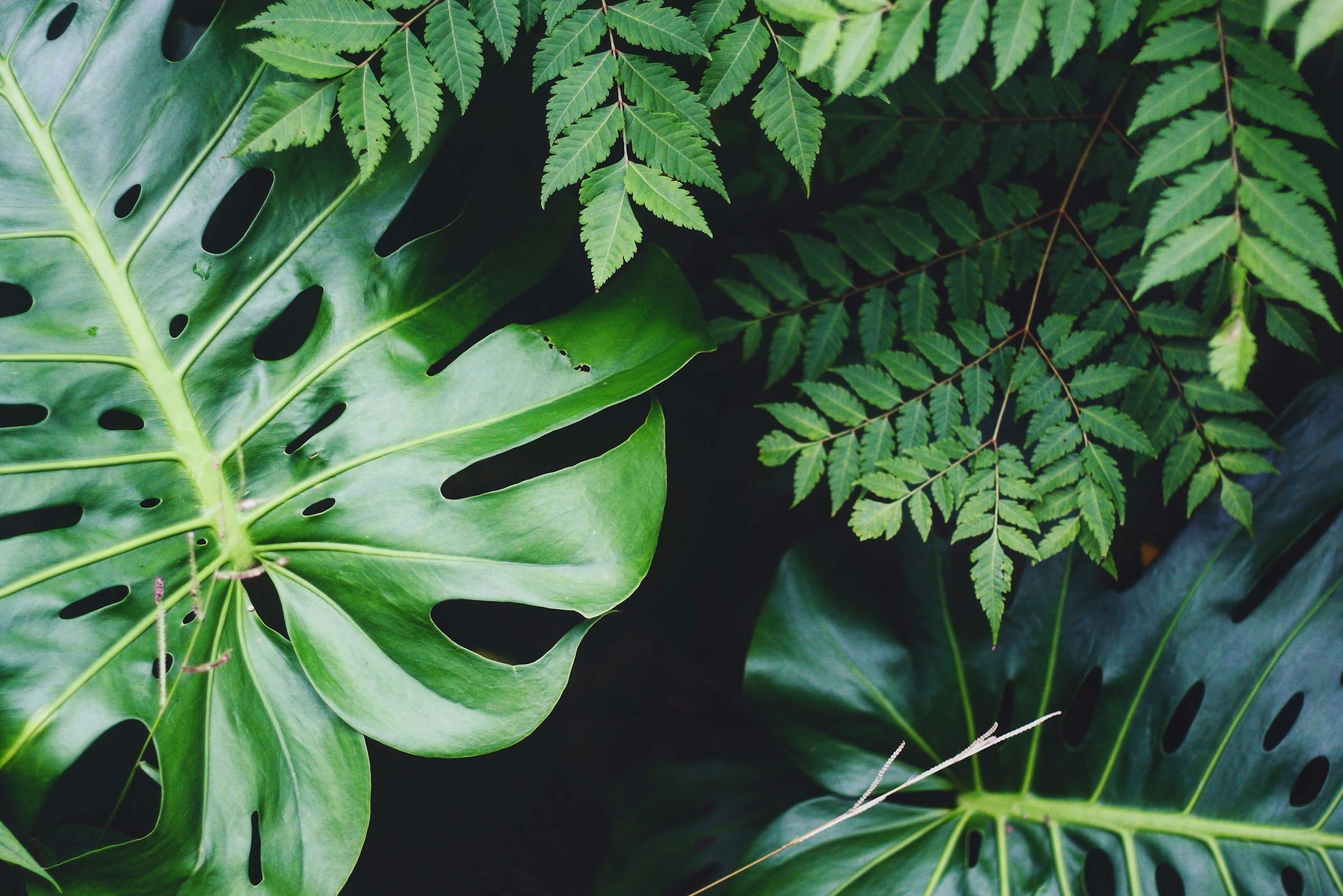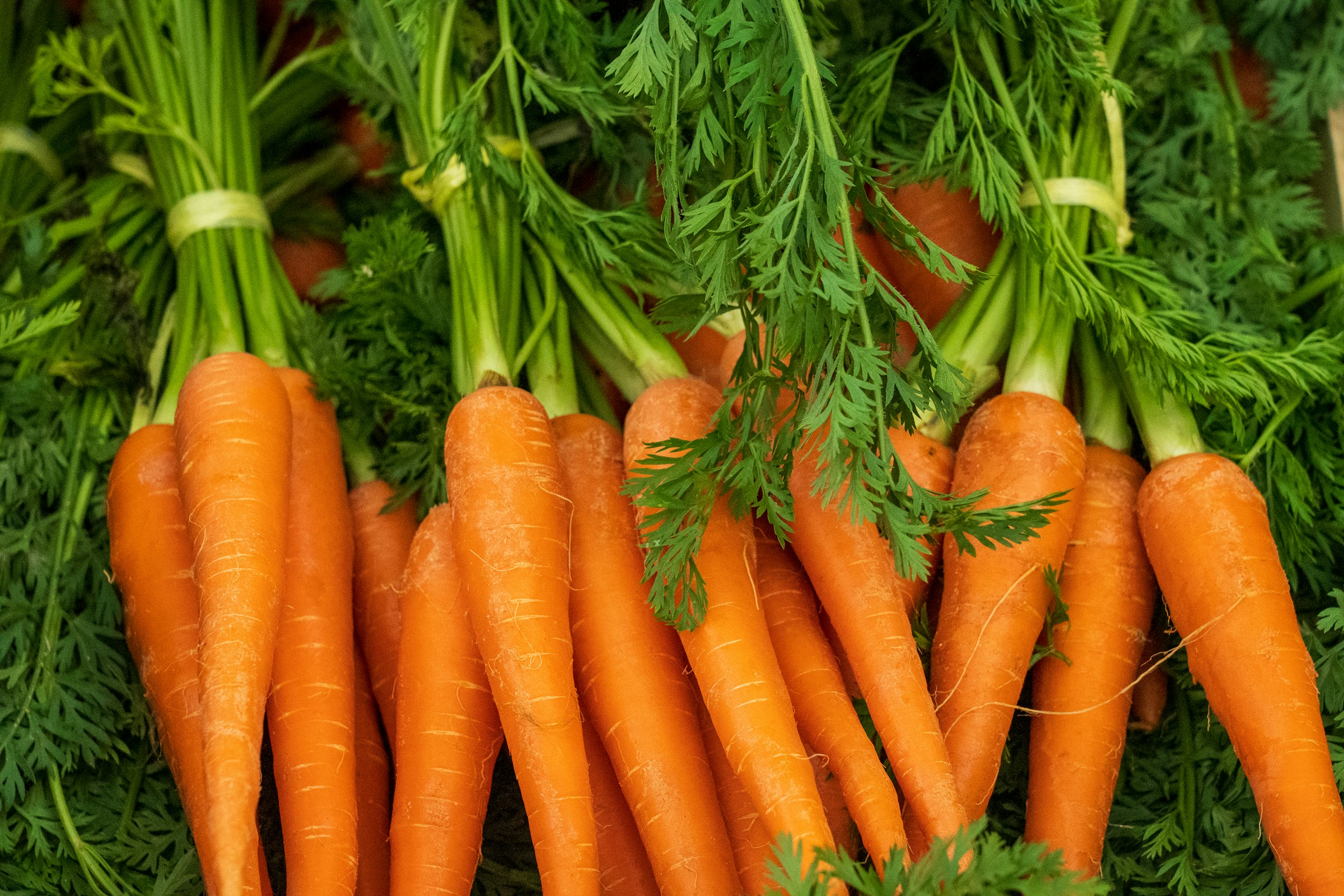As an agriculturist, I've seen that the heart of global food security often lies in the humble paddy rice fields where rice, a staple for over half the world's population, is cultivated. Culturing rice is a complex process that requires a deep understanding of soil nutrition, appropriate use of fertilizers, and the effective employment of modern irrigation techniques like fertigation. This article aims to provide a comprehensive guide on "how do I grow rice", focusing on these crucial aspects.
Learn more about "How do I grow rice" by watching the video shared below:
Understanding Rice and Its Requirements
Rice is a semi-aquatic annual grass species, typically grown in warm and humid climates. It requires significant water, a long growing season, and specific soil conditions. The rice plant comprises the root system, the culm, leaf blades, leaf sheaths, the panicle, and the grain. The growth process includes three stages: vegetative, reproductive, and ripening. Each step requires specific care and nutritional inputs, which we will explore further.
Soil Preparation and Nutrition
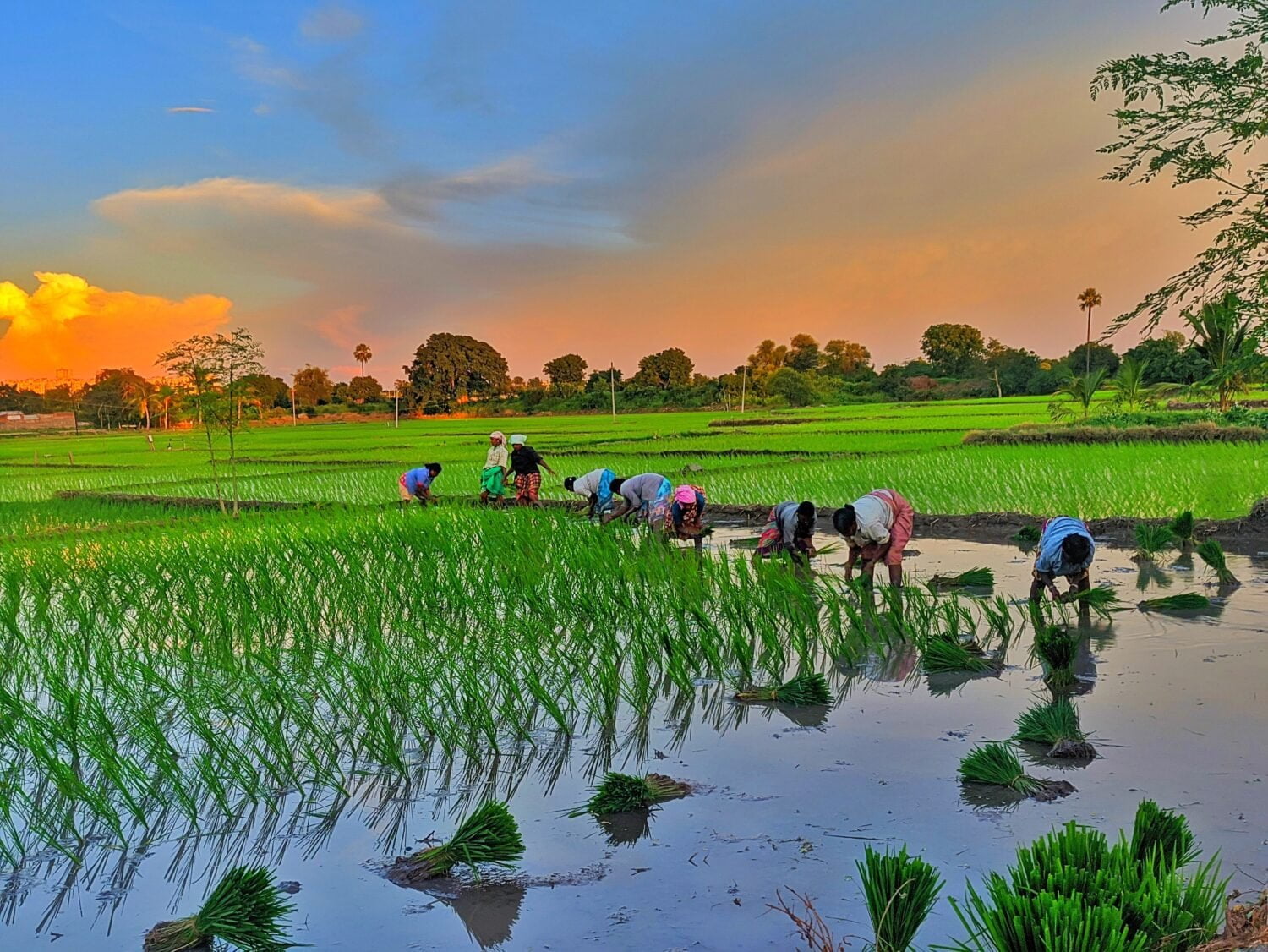
The preparation of the soil is the first step in the cultivation of long-grain rice. The land is plowed and harrowed to break down the soil and make it suitable for the rice seeds. The ground is then leveled to ensure an even distribution of water and nutrients.
The soil's fertility, defined by its nutritional content, plays a crucial role in the overall growth and yield of the crop. Critical nutrients for rice include nitrogen (N), phosphorus (P), and potassium (K). Nitrogen promotes the growth of leaves and stems, phosphorus aids in root development and energy transfer, and potassium assists in the overall functioning of the plant, including water regulation and disease resistance.
Fertilizers and Their Role in Rice Cultivation
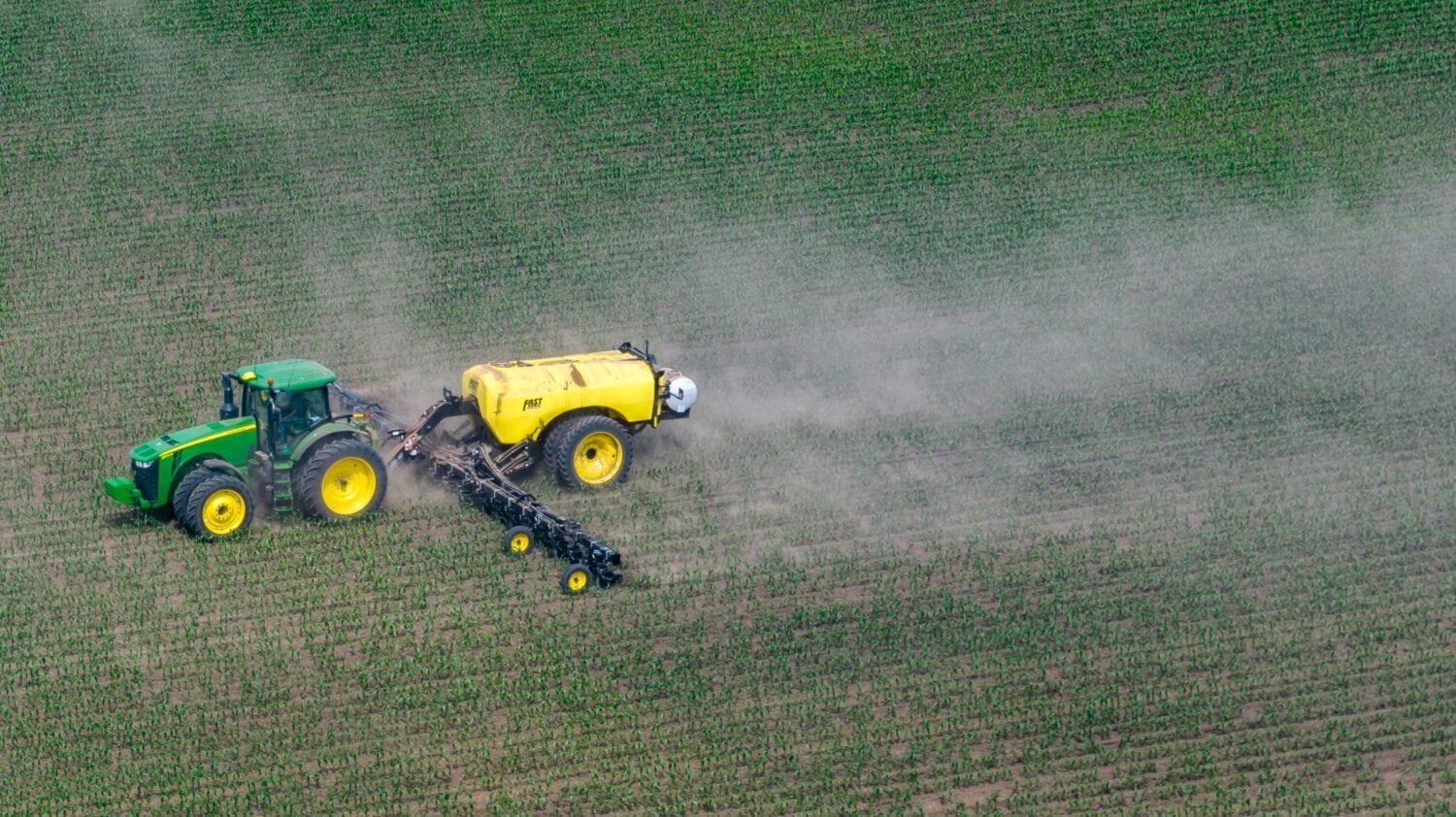
Fertilizers are crucial in replenishing and augmenting the soil's nutrient content. The choice of fertilizer depends on the soil's existing nutritional composition, which can be determined through a soil test.
Nitrogenous fertilizers, like urea or ammonium nitrate, are widely used in rice cultivation. They should be applied in doses during the tillering and panicle initiation stages. However, excessive nitrogen application can lead to a condition known as 'lodging', where the rice stalks grow too tall and fall over.
Phosphatic fertilizers, such as superphosphate, are typically applied before transplanting the seedlings. Potassium fertilizers, such as potassium chloride, are generally used in soils deficient in potassium. It's important to remember that using fertilizers should be balanced and calculated to avoid soil degradation or nutrient runoff, which could harm the environment.
The Role of Fertigation in Rice Cultivation
Fertigation, a technique combining irrigation and fertilization, is increasingly gaining traction in modern agriculture. It allows for the precise application of water and nutrients directly to the plant's root zone.
In the case of rice cultivation, fertigation can help manage nutrients more effectively, particularly in irrigated systems. It allows for the gradual releasing nutrients, reducing wastage and environmental harm. Additionally, it enhances the efficiency of water usage, which is of utmost importance in growing medium-grain rice due to its high water requirements.
Through fertigation, nutrients can be adjusted according to the different growth stages of the white rice plant. For instance, higher nitrogen supply during the vegetative and panicle initiation stages can boost growth and yield.
However, fertigation requires careful management. Over-irrigation can lead to nutrient leaching, while under-irrigation can result in nutrient deficiency in rice grains. Thus, monitoring continuous soil moisture and nutrient levels is critical for the successful fertigation of long-grain brown rice, long-grain rice, and short-grain rice.
Frequently Asked Questions
What type of soil is best for growing rice?
Rice grows best in well-drained but water-retaining clayey or loamy soils. The soil should be rich in organic matter and have a neutral to slightly acidic pH.
How much water does a rice plant need to grow?
Rice is a water-intensive crop. Depending on the variety and stage of growth, it may require anywhere between 500 to 2000 litres of water to produce one kilogram of rice.
What is the best time of the year to plant rice?
The ideal time to plant rice is during the rainy season. The specific timing may vary based on local climate conditions.
How long does it take for a rice plant to mature?
Rice plants take about 3-6 months to mature, depending on the variety and environmental conditions.
What kind of fertilizers are recommended for rice cultivation?
Rice plants require a balanced nutrition of Nitrogen (N), Phosphorus (P), and Potassium (K). Nitrogenous fertilizers like urea, phosphatic fertilizers like superphosphate, and potassic fertilizers like potassium chloride are commonly used.
How Do I Grow Rice: In a Nutshell
Rice cultivation involves a deep understanding of the crop's needs and the delicate balance of soil nutrition. The judicious use of fertilizers and the innovative application of fertigation techniques can significantly enhance the productivity and sustainability of this vital crop. As each field presents unique conditions, adaptability, and continuous learning are fundamental for successful rice farming. A mindful approach to agriculture can ensure bountiful harvests while preserving our planet's health.

